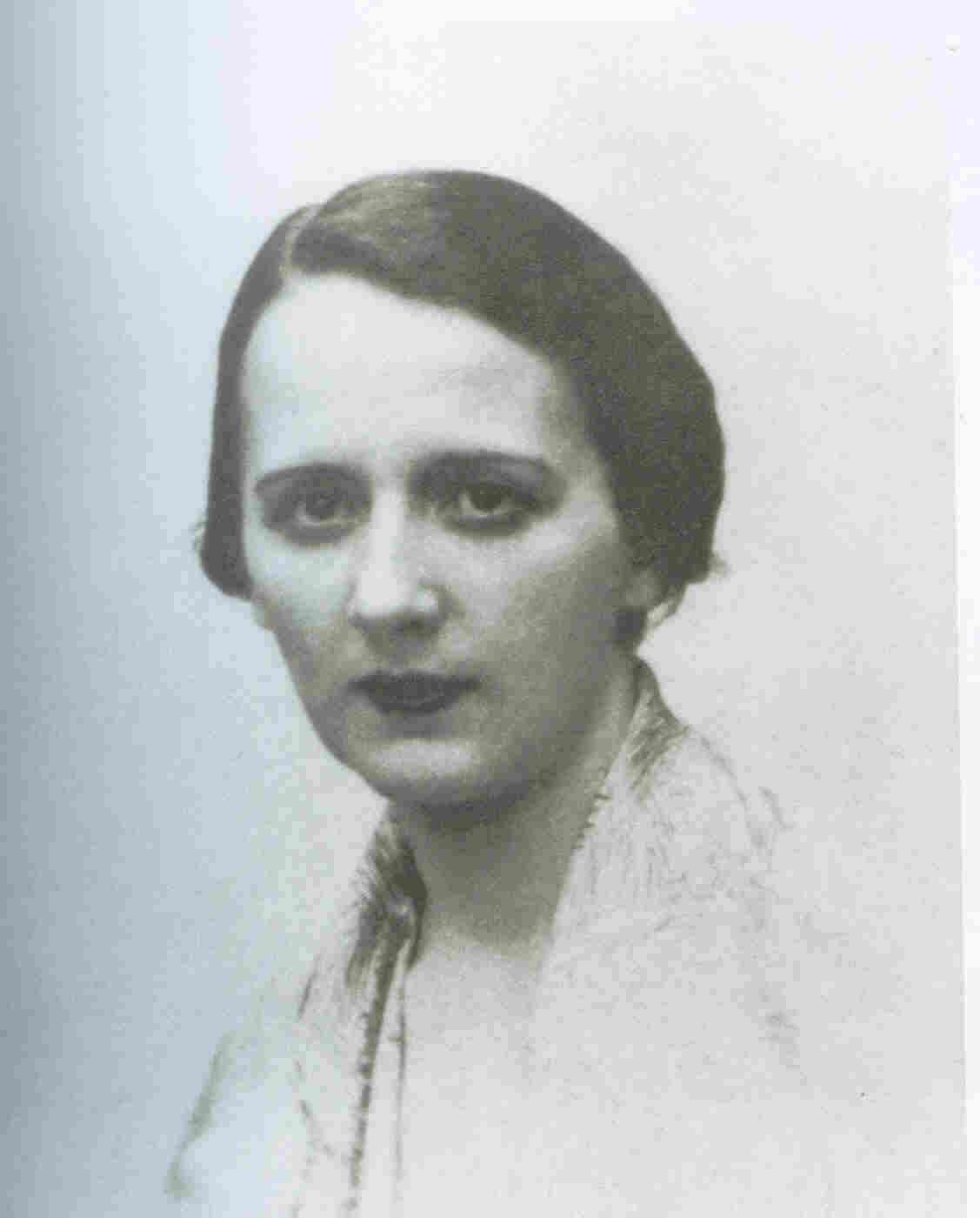4.1.2.13 María Zambrano (1904 – 1991), Origins and “The Secret Cuba”

María Zambrano was a Spanish philosopher and writer who remained an active contributor to the magazine Orígenes, in many ways a mentor to this editorial and cultural endeavor. She was a disciple of José Ortega y Gasset and a professor at the University of Madrid. She was exiled to Mexico in 1939, due to the adverse outcome of the Spanish Civil War, during which she also worked on humanitarian aid for those affected by the conflict. From Mexico, she moved to Cuba and began a fruitful relationship with the members of Orígenes.
The writer published several texts in the magazine, many of which reveal her philosophical perspective on diverse topics, such as envy, which she considers a “sacred evil” since ancient times has been one of the manifestations of the moral illness of individualism. Her text “Two Fragments on Thinking” delves into the differences between knowledge and thought, a precursor to later studies in cognitive psychology. Other of her Origenist pieces focused more on the realm of culture and art, such as “The Mystery of Spanish Painting in Luis Fernández.”
However, the text that constitutes a core approach to the framework of Cuban culture and nationality, which Orígenes sought to vindicate in his proposal, is precisely “La cuba secreta”, a text that, due to its motive and transcendence, is fully incorporated into the national and its literature, even though the writer is Spanish, since her unique perspective immerses itself with a certain fruitful enjoyment in our lyrics, around the poets who were compiled in “Diez poetas cubanos” by Cintio Vitier, a surprising revelation for Zambrano.
The text begins with a dissertation on the impressions awakened in the author by her original and pristine contact with the Island, which she considers in her metaphors as a “prenatal homeland” and from this feeling of ancestral transcendent bond derives a state of the country still nascent, because although she knows of its glorious history, she appreciates poetry as it was being born at that time, a prism from which she appreciates the national being and considers that history can almost be founded anew.
He describes his sensations thus: “Not the image, not the living abstraction of the palm and its contour, nor the way people and things are in space, but its shadow, its secret weight, its figure of reality, was what made me believe I remembered that I had already lived it.”
The author delves into how the mythical discovery of the Island, in the sense of a poetic revelation, occurs in the members of the Orígenes group, especially the work of Lezama, but also Gastón Baquero and the sense of the innocence of words, the innocence of the poet as a being, as well as Piñera’s lyric poetry, which is realized through the path of annulment, an almost non-allowance for oneself to exist that Zambrano already intuits. She refers to each of the authors and how they forge the secret mystery of poetry, already pointing out some precursors, such as Emilio Ballagas, Nicolás Guillén, Mariano Brull, and Eugenio Florit.
“La Cuba secreta,” one of the texts that can be described as most profoundly Origenist, provides key elements to understanding the group’s scope and the meaning that the relationship between the poetic and the national took on for them. María Zambrano points to the significance of this poetic awakening, which also served as an awakening to knowledge and also slowly spread to the national consciousness since the spread of this proposal.








